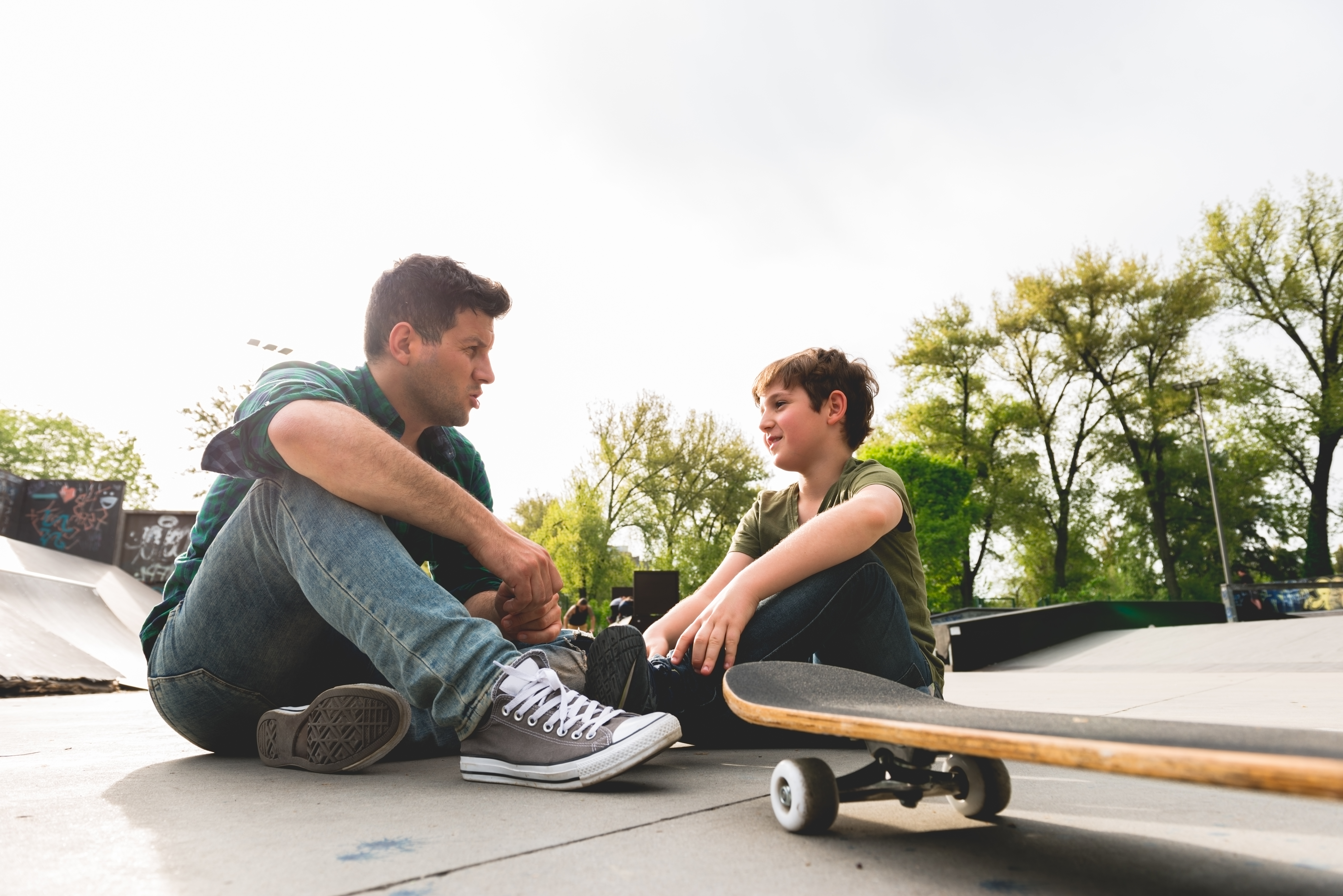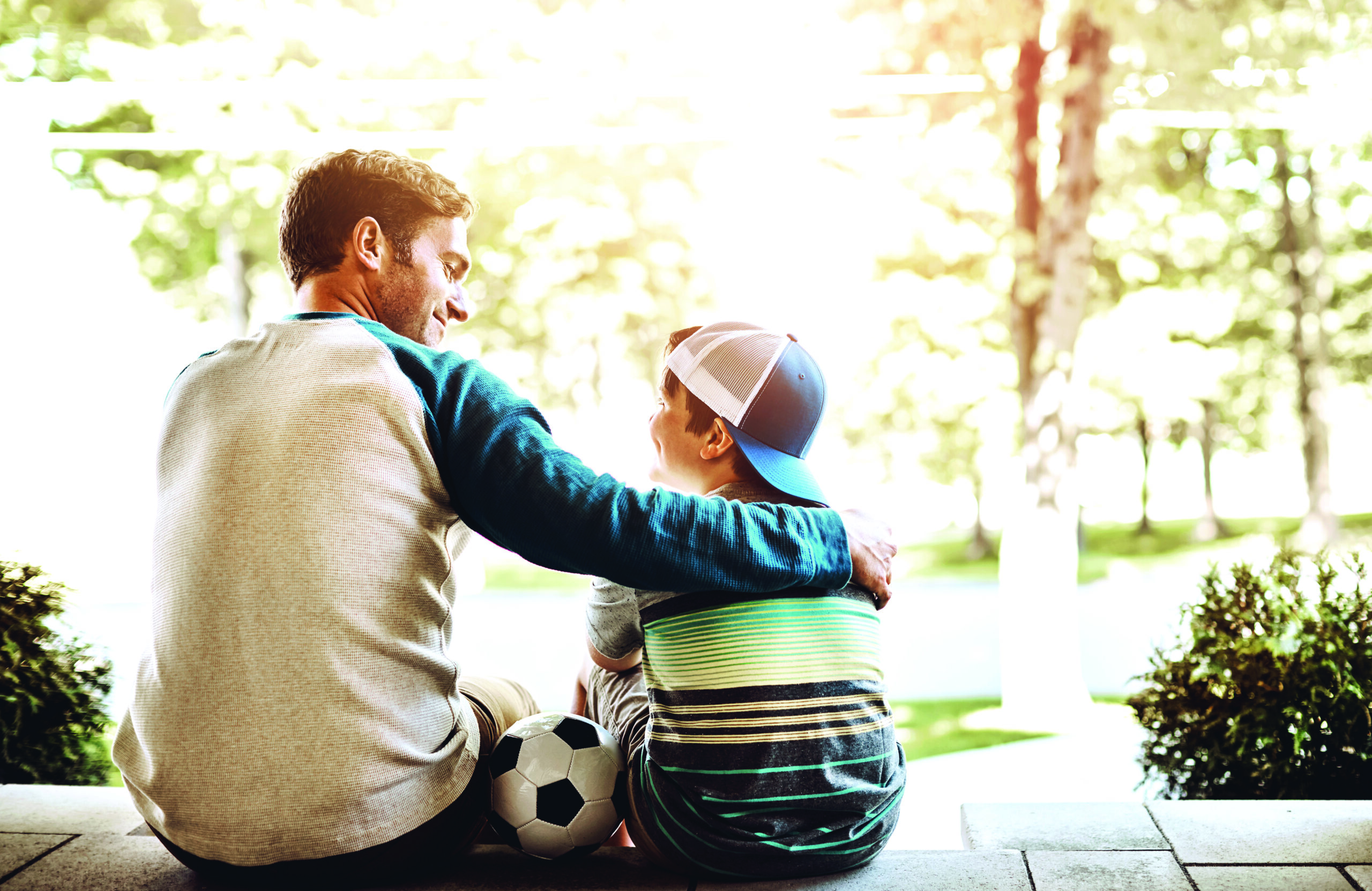by Mark M. Bello
When it comes to the safety of children, most schools are not only conducting fire and tornado drills but lockdown drills as well.
Lockdown drills are a set of procedures designed to familiarize students with ways to quickly, effectively and safely protect themselves against the threat of an armed or violent intruder. This includes barricading themselves in classrooms, staying away from doors and windows, hiding and keeping quiet.
Although the majority of students will never experience a real attack, it is essential to discuss lockdown drills with children of all ages. But as a parent, how do you talk to your children in a way that prepares them to be safe without scaring them?
The first step is to know the school’s procedures. Find out how school lockdown drills are implemented, how often they occur, what actions are taken during the exercise and how teachers and administrators handle questions from students.
When you are ready to sit down with your children, tell them what they will experience during a lockdown drill. You don’t want your children to believe that a dangerous situation will never happen, but you do want to reassure them that one way to keep them safe is by being prepared in the unlikely event that a situation does arise.
Keep conversations age-appropriate. For younger children, discussions should be kept to a minimum. One way to help them understand is to communicate through drawings or role-playing. Making a comparison can help younger children understand. Explain how we do many things to stay safe such as wearing a helmet when riding a bike. It’s not because we expect to fall, but just in case we do. Same goes for wearing a seat belt in the car. We don’t expect to get in an accident, but seat belts keep us safe if we do. For middle and high school students, discussions may include their views and opinions on gun control and school safety.
Talk to your children about what to expect and how to respond during a lockdown drill. Assure them that teachers and staff are going to take every step possible to keep them safe, but it is important to practice the drills, so everyone knows what to do if a situation arises.
Walkthrough the steps of a school lockdown drill. Even practicing at home may be helpful. Explain how the teacher may pull down the window shades or blinds, turn off all the lights, and close and lock the classroom door. If the door has a window, the teacher may tape construction paper to block out any light. Explain how the students will need to gather quietly and wait. Provide ideas for “happy thoughts,” such as thinking about their favorite vacation or singing a song in their head.
Remain calm. Children are very intuitive, so the worst thing you can do is get emotional. Especially for young kids, whose reactions often mirror yours. If they see that you are calm when discussing the lockdown drill, they too will remain calm. If you begin to show fear, they may worry unnecessarily.
Help your children overcome fear by letting them know their feelings are real and understandable. Rather than saying, “There’s nothing to be afraid of,” respond with something like, “I know drills can be scary, but they are necessary to help keep you safe in the event something bad does happen.” Emphasize the considerable number of adults at their school whose job it is to keep them safe.
After a school lockdown drill, talk to your children. This is especially important if you see any change in mood or behavior or notice adverse reactions such as trouble sleeping or complaining of a stomachache. Find out what your child is thinking and what they are afraid of or worried about. Young children may have misconceptions about things they see and hear, so it is essential to try to clear up any confusion.
Encourage your children to ask questions. Give age-appropriate information and just enough without creating the need for more detailed questioning. Keep it as simple as possible and minimally alarming.
While no parent likes to think about the worst, most will agree that it is best to be prepared. When discussing lockdown drills with your children, remember that if you remain calm, you can better help your children understand the purpose and be able to practice the drills without fear and anxiety.








Leave A Comment